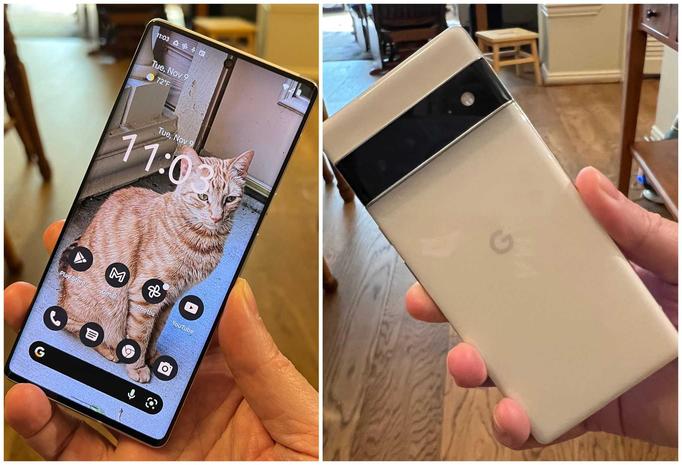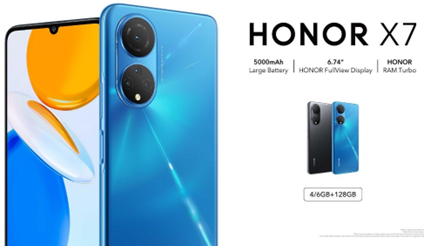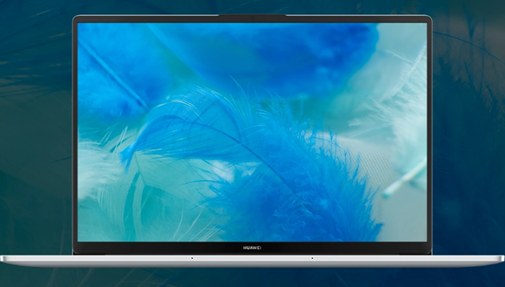What is C-Band? Here's what a new 5G flavor means for AT&T and Verizon users
It may be hard to imagine after weeks of drama over new C-Band 5G wireless possibly interfering with aircraft radar altimeters, but C-Band is also a thing on the ground. And for AT&T and Verizon users in the right places, it can be a good thing.
The mid-band frequencies those carriers lit up Jan. 19, with downloads of multiple hundreds of megabits per second, help fill a gap between millimeter-wave 5G with exceptionally fast speeds in exceptionally few places and low-band 5G that reached far wider but didn’t run much faster than 4G.
C-Band’s upside looks larger at Verizon, which touts coverage of “more than 100 million people,” but the scope of this service remained unclear until the company updated its coverage map last week.
Ignore the nationwide view’s pulsing red circles identifying markets with “5G Ultra Wideband” (how Verizon markets both C-Band and millimeter-wave 5G) and instead zoom in to look for broad, brick-red splotches. They show C-Band’s better range in 46 areas covered in a spectrum auction the Federal Communications Commission concluded in January 2021 – an allocation that left out a few big markets, including Atlanta, Denver, and Washington.
WHY YOUR 5G PHONE CONCERNS AIRLINES:What we know about the impact on travel, flights and more
5G AT HOME:Can 5G help make it easier to work from home?
The upgrades are real: Reddit users have been posting C-Band speed tests showing downloads of 400 Mbps to 800 Mbps.
Rural users may, however, still find themselves in a low-band 5G slow lane. Warned Avi Greengart, lead analyst at Techsponential: “This applies mainly to urban and suburban centers; while C-Band can certainly be used in rural areas, it won’t be economical to blanket the entire countryside.”

Verizon says iPhone 12 and 13 models as well as Samsung’s Galaxy S21, Flip 3 and Fold 3 series support C-Band, with support coming to unspecified other 5G models via a software update. Its site doesn’t always clearly say which phones support which 5G flavor, but if you see band “n77” listed in a phone’s 5G network specifications, it can eventually do C-Band.
Verizon users also need a compatible plan; its cheapest unlimited-data option and all of its limited-data options exclude C-band and millimeter-wave 5G.
Verizon’s C-Band may make a bigger difference in homes than on phones, since it immensely expands the reach of the “fixed wireless” 5G home broadband Verizon already sells.
"As of this morning, 20 million homes in America will have C-Band home broadband,” said Sampath Sowmyanarayan, Verizon Business chief revenue officer, in a video call Jan. 19. “And by the end of this year, the number's going to be 30 million."
AT&T subscribers have less to get excited about because that firm’s smaller bid at the FCC auction limited its C-Band to eight markets: Austin, Chicago, Dallas-Fort Worth, Detroit, Houston, Jacksonville, Miami, and Orlando. Its coverage map does not yet break out C-Band, which AT&T calls “5G+” – the label it already uses for millimeter-wave 5G that’s even scarcer than Verizon’s.
AT&T supports C-Band on the same phones as Verizon, plus Google’s Pixel 6 series. Its current unlimited-data plans cover C-Band, but its limited-data plans do not.
AT&T doesn’t sell 5G home broadband, although CEO John Stankey has suggested that as an eventual upgrade for people on the slow digital-subscriber-line connections it stopped selling in 2020.
Both AT&T and Verizon’s C-Band coverage remains limited near airports covered by Federal Aviation Administration notices covering possible interference with altimeters using somewhat nearby frequencies.
What about T-Mobile? That carrier doesn’t yet offer C-Band 5G but doesn’t need to. It offers its own fast, widely-available 5G to mobile and home users on mid-band spectrum that it got when it bought Sprint – and which, unlike C-Band, are distant from altimeter frequencies.
Rob Pegoraro is a tech writer based out of Washington, D.C. To submit a tech question, email Rob at rob@robpegoraro.com. Follow him on Twitter at @robpegoraro.
The views and opinions expressed in this column are the author’s and do not necessarily reflect those of USA TODAY.








